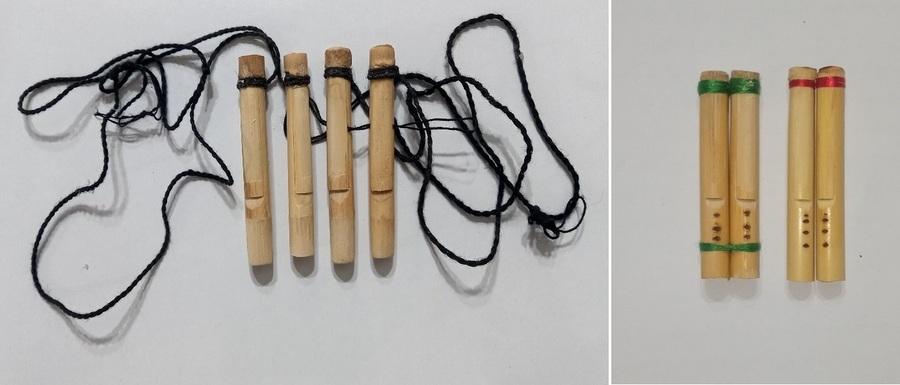Douzala
This instrument has other names such as Jout Zala (Zouzala, Jizala), Chouzala, Touzala, Dizala, Shazband, Dounay, Zambara, and Qushma.
It belongs to the wooden instruments with "Pik" and it can be made of birds' bones, reed (zal), and mineral pipes that can be played by blowing into its Pik.
In the north and south parts of Zagros, this instrument is made about 15 to 25 cm.
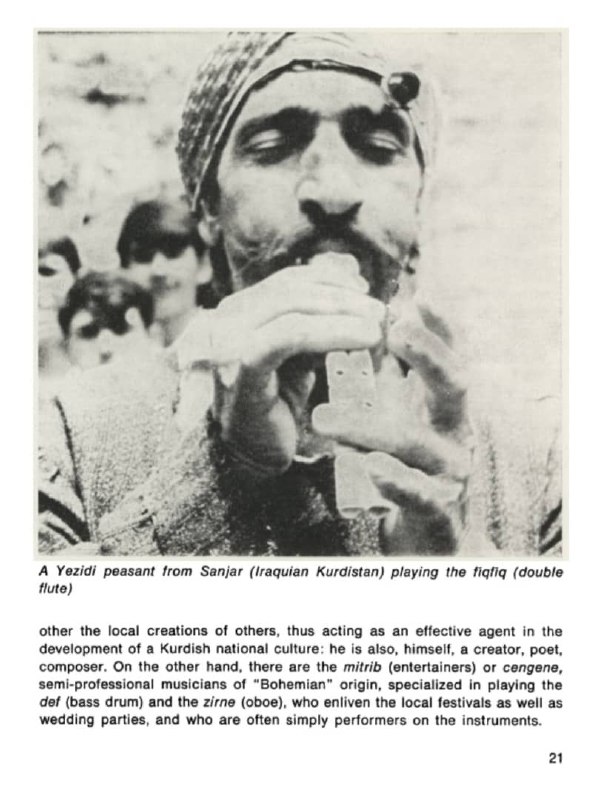
A Kurdish Player from the Yerevan Region
Douzala made of bone
It is made of an eagle, vulture, flamingo, bearded vulture, pelican, and Egyptian vulture.
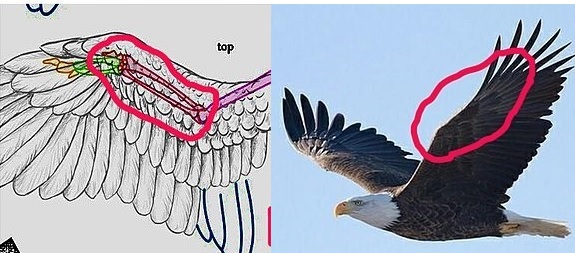
In the northern part of Armenia to Mukeryan regio, artists use a bone made Douzala. They use bee wax to stick the two bones together.
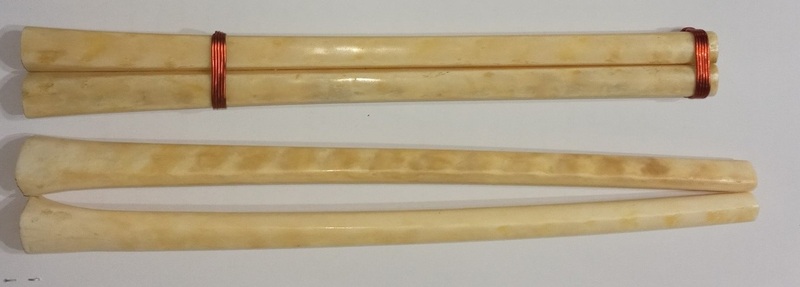
In the southern parts of Zagros (Kermashan and Lorestan), the size of bone Douzala in comparison with the northern regions of Zagros is shorter and narrower.
This instrument is known as "Qushma" in the north of Khorasan.
Douzala has six or seven notes. There are six holes in Douzala and when the finger is covering these holes, the air will exit from the end of the instrument and the seventh note will be played this way.
Sometimes they make a hole at the side and bottom part of the instrument which becomes the way to release the air and create the seventh note.

Reed Douzala
It is made of two reeds that have similar sizes.
The kind of reed used to make Douzala is harder and stronger than the reed used to make the Pik of Naya, Bilwer, or Douzala.
In Badinan, Ilam, and Kermashan regions, a reed is used to make Douzala.
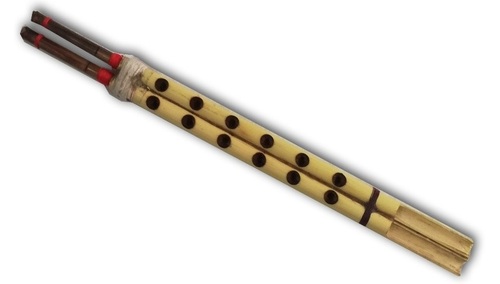
Mineral Douzala
It is made from minerals such as brass or aluminum made into pipes. Reed and mineral are attached to each other with a copper wire or elastic thread; however, bone Douzala is attached to each other by melted bee wax.
Some masters use glue instead of bee wax.

Douzala Pik
It is made of Zal (reed). In order to tune the Piks, they wrap some thread around the top part of Douzala. Mukeryan region to the North part of Kurdistan they loosen the thread so that they can wrap some of it around the back of their hand between the bones.
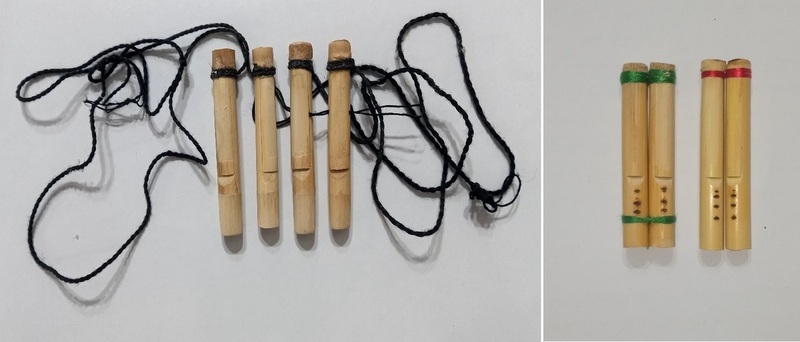
Bell and Spigot
They are made of two small pieces of hard wood (jujube, ebony, and apricot trees). The top part is larger than the bottom part.
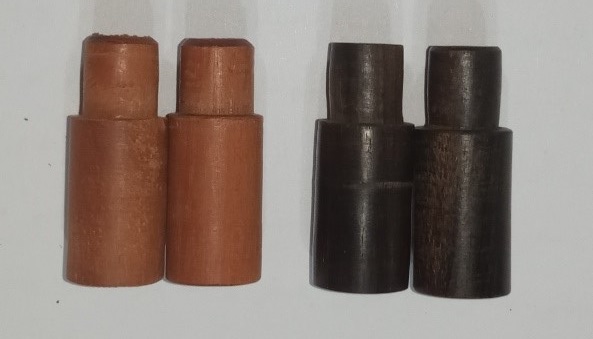
The bottom part of the bell and spigot will be joined to the bone as long as 1 cm and then they are wrapped with a piece of thread.
The bottom part of the Pik is joined with the bell and spigot so that one end will hold the Pik and the other end will be attached to the instrument.

